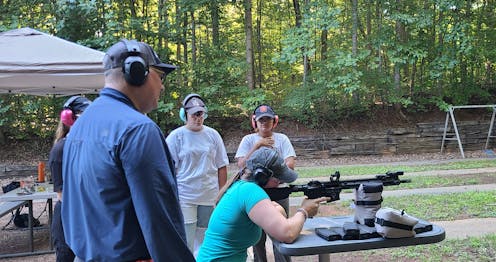

Authors: David Yamane, Professor of Sociology, Wake Forest University
Read more



